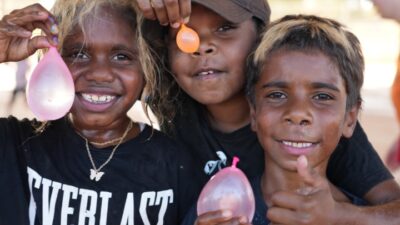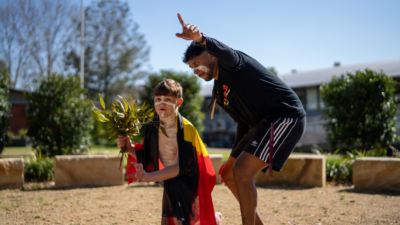
The power of connecting to Culture
Jayden felt alone and disconnected. But that changed when he joined NASCA. By connecting to his Culture, he was empowered to become the proud Dharawal man he is today who knows his place in the world.

NASCA’s Aboriginal education programs empower our young people to thrive at school and beyond.
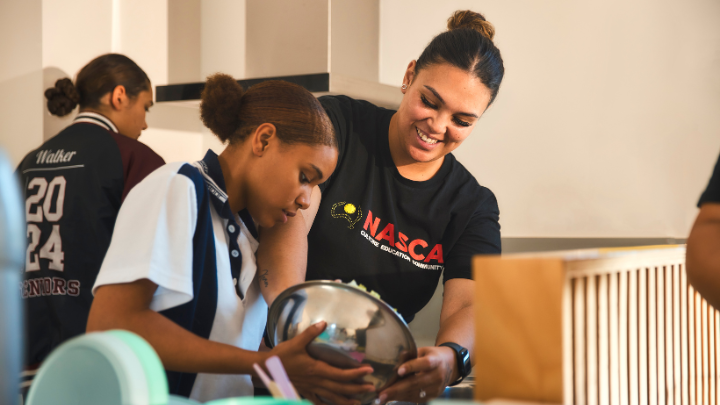
Our Aboriginal programs in schools provide culturally safe, wrap-around support – at every step from year seven through to graduation.
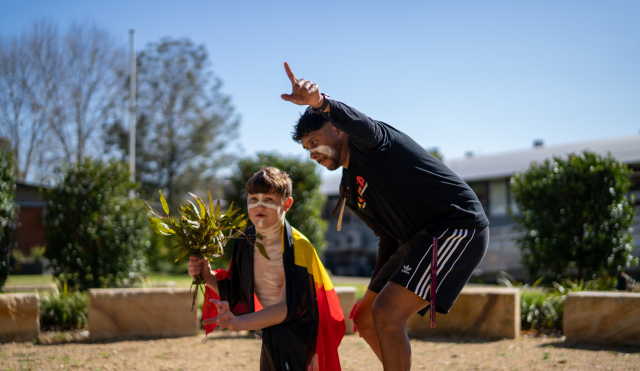
This gives our young people pride and strength – which they take from school to further education, employment, and beyond.
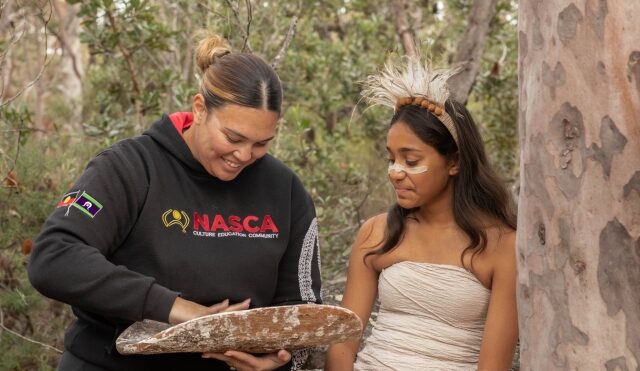
Over 93% of our program staff are Aboriginal and Torres Strait Islander, with strong connections to the communities we work in.
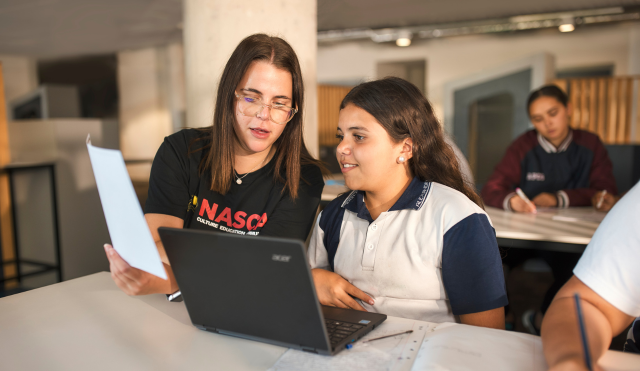
NASCA’s young people are more likely to attend, perform better in and complete high school, go on to further education, and gain secure employment.
Our Young Womens's Academies support Aboriginal and Torres Strait Islander young women and girls to thrive and excel at school.
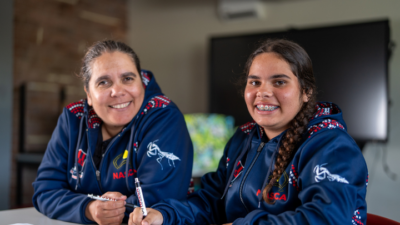
Open to all Aboriginal and Torres Strait Islander young people, working to improve school attendance, performance, and retention rates.
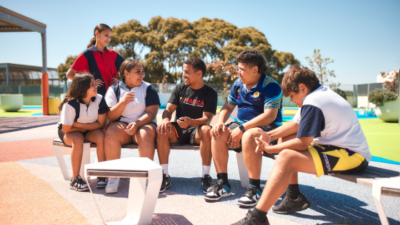
Supporting Aboriginal and Torres Strait Islander young people to access further education and employment opportunities, scholarships, traineeships and work experience.
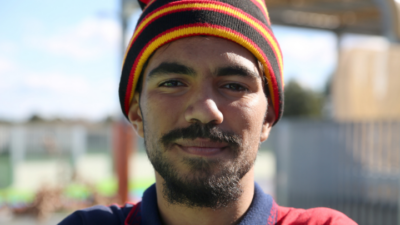
Partnering with nine remote communities to increase school attendance and engagement, and develop life-skills.
